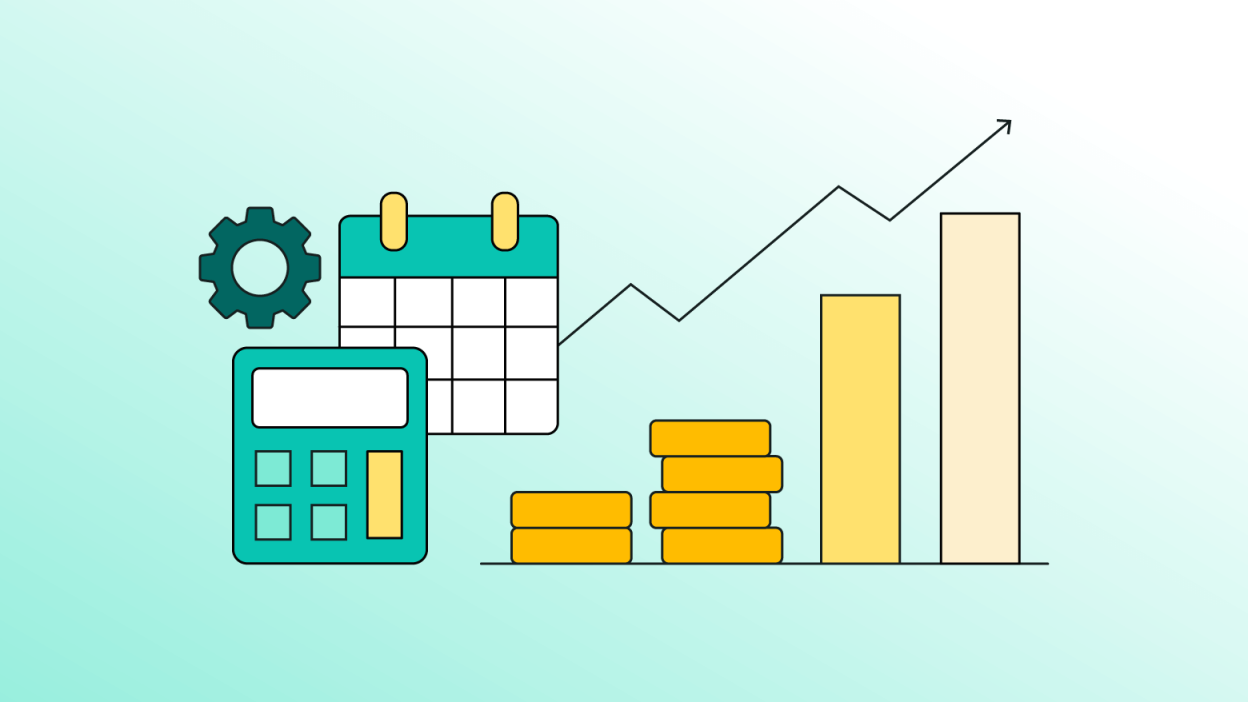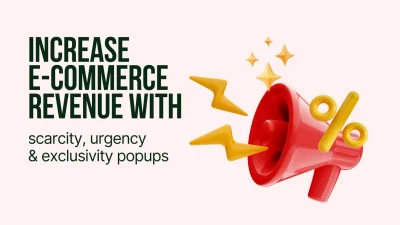Introduction
Paid advertising is one of the fastest ways to drive traffic, generate leads, and boost sales. But one of the most common questions businesses face is: Budgeting for Paid Ads!
Whether you’re running Google Ads, Facebook Ads, LinkedIn campaigns, or programmatic ads, budgeting correctly is crucial. Spend too little, and you won’t see results. Spend too much without a strategy, and you risk burning through cash.
This blog will help you understand how to set a realistic and effective paid ad budget based on your goals, audience, industry, and platform.
Why Budgeting Matters in Paid Advertising
1. Maximizes ROI
A well-planned budget ensures your money is spent efficiently, targeting the right audience with the right message.
2. Prevents Overspending
Without a budget, it’s easy to overspend on underperforming campaigns.
3. Aligns With Business Goals
Your ad spend should reflect your growth targets, sales goals, and marketing strategy.
4. Enables Better Forecasting
Budgeting helps you predict performance, allocate resources, and scale campaigns effectively.
Factors That Influence Your Paid Ad Budget
1. Business Size and Revenue
Larger businesses typically have more resources to invest in advertising. A common rule of thumb is to allocate 5–10% of your revenue to marketing, with a portion dedicated to paid ads.
2. Industry Competition
Highly competitive industries (e.g., legal, finance, SaaS) often require higher ad spend due to expensive keywords and saturated audiences.
3. Advertising Goals
Are you aiming for brand awareness, lead generation, or direct sales? Each goal requires a different budget and strategy.
4. Customer Lifetime Value (CLV)
If your CLV is high, you can afford to spend more to acquire each customer.
5. Sales Funnel Stage
Top-of-funnel campaigns (awareness) usually cost less per click but require nurturing. Bottom-of-funnel campaigns (conversion) may cost more but yield faster ROI.
How to Set Your Paid Ad Budget
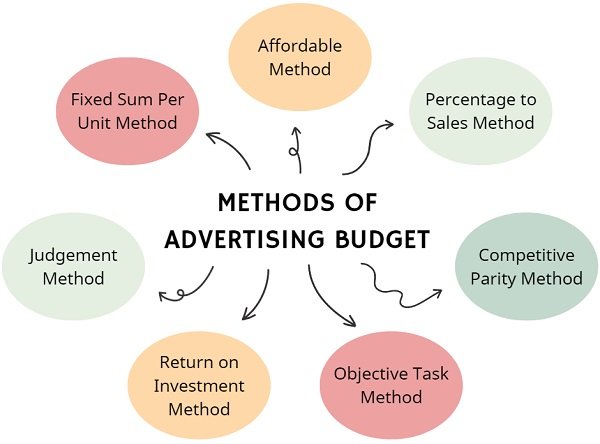
Step 1: Define Your Goals
Start by identifying what you want to achieve:
- Increase website traffic
- Generate leads
- Drive sales
- Promote a product launch
- Retarget existing users
Each goal will influence your budget allocation and platform choice.
Step 2: Calculate Your Target CPA (Cost Per Acquisition)
Use this formula:
Target CPA = CLV × Profit Margin × Conversion Rate
Example:
- CLV = $500
- Profit Margin = 30%
- Conversion Rate = 5%
Target CPA = $500 × 0.30 × 0.05 = $7.50
This means you can afford to spend $7.50 to acquire a customer profitably.
Step 3: Estimate Monthly Ad Spend
Use this formula:
Monthly Budget = Target CPA × Number of Desired Conversions
If you want 100 conversions per month:
- Monthly Budget = $7.50 × 100 = $750
Adjust this based on your goals and available resources.
Platform-Specific Budgeting Tips
Google Ads
- Search Ads: Best for high-intent keywords
- Display Ads: Good for retargeting and awareness
- Shopping Ads: Ideal for e-commerce
Average CPC: $1–$5 (can go higher in competitive niches)
Budget Tip: Start with $500–$1,000/month for small businesses and scale based on performance.
Facebook & Instagram Ads
- Great for visual storytelling and audience targeting
- Use for awareness, engagement, and retargeting
Average CPC: $0.50–$2.00
Budget Tip: Start with $300–$500/month for testing creatives and audiences.
LinkedIn Ads
- Ideal for B2B lead generation
- Target by job title, industry, and company size
Average CPC: $5–$9
Budget Tip: Start with $1,000/month for meaningful reach and lead generation.
YouTube Ads
- Excellent for brand awareness and product demos
- Use skippable and non-skippable formats
Average CPV (Cost Per View): $0.05–$0.30
Budget Tip: Allocate $500–$1,000/month for video campaigns.
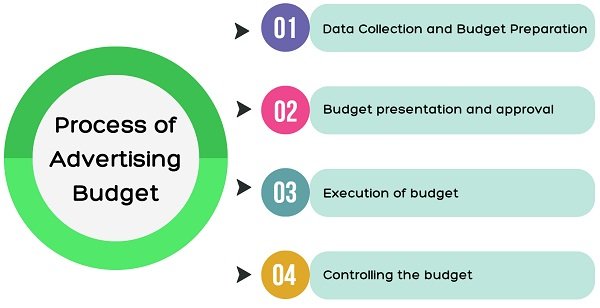
Budgeting for Different Campaign Types
1. Awareness Campaigns
- Lower CPC
- Higher reach
- Budget: 20–30% of total ad spend
2. Consideration Campaigns
- Medium CPC
- Focus on engagement and education
- Budget: 30–40%
3. Conversion Campaigns
- Higher CPC
- Direct response
- Budget: 30–50%
Testing and Scaling Your Budget
Start Small and Test
Begin with a modest budget to test creatives, audiences, and platforms. Monitor performance for 2–4 weeks.
Analyze Key Metrics
Track:
- CTR (Click-Through Rate)
- CPC (Cost Per Click)
- CPA (Cost Per Acquisition)
- ROAS (Return on Ad Spend)
Scale What Works
Increase budget for high-performing campaigns. Pause or optimize underperforming ones.

Budget Allocation Examples
Small Business (Monthly Revenue: $10,000)
- Marketing Budget (10%): $1,000
- Paid Ads Allocation: $600
- Google Ads: $300
- Facebook Ads: $200
- Retargeting: $100
Mid-Sized Business (Monthly Revenue: $50,000)
- Marketing Budget (10%): $5,000
- Paid Ads Allocation: $3,000
- Google Ads: $1,500
- Facebook Ads: $1,000
- LinkedIn Ads: $500
E-commerce Brand
- Focus on Shopping Ads and Retargeting
- Budget: $2,000/month
- Google Shopping: $1,200
- Facebook Retargeting: $800
Common Budgeting Mistakes to Avoid
- No clear goals: Leads to wasted spend
- Ignoring data: Always optimize based on performance
- Overinvesting too early: Test before scaling
- Neglecting retargeting: Missed opportunity to convert warm leads
- Not accounting for creative costs: Include design and video production in your budget
Tools to Help With Budgeting
- Google Keyword Planner: Estimate CPC and search volume
- Meta Ads Manager: Forecast reach and cost
- LinkedIn Campaign Manager: Budget recommendations
- AdEspresso: Budget simulation and optimization
- HubSpot Ads Tool: Integrates budgeting with CRM
Conclusion
Budgeting for paid ads isn’t just about picking a number—it’s about aligning your spend with your goals, audience, and expected ROI. Whether you’re a startup testing the waters or an established brand scaling campaigns, a strategic approach to budgeting will help you maximize results and minimize waste.
Start small, test often, and scale smart. With the right budget and strategy, paid ads can become one of your most powerful growth engines.

